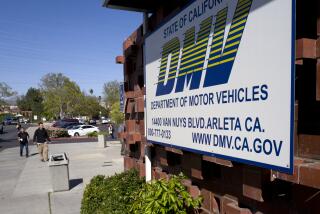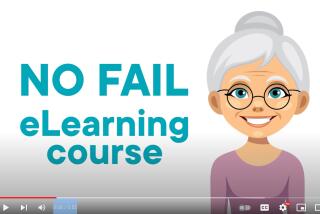Do teen driving restrictions save lives?
NEW YORK (Reuters Health) - Programs that keep young drivers from taking the wheel at night, or with a car full of teens, may reduce the risk of fatal crashes in some drivers -- but increase that risk in others.
A study that compared death rates found fewer fatal crashes among 16-year-olds, but more among 18-year-olds, when states had so-called graduated driver licensing programs in place. And there was no difference in fatal crashes among all teen drivers combined under the programs.
Teens “learn well and react well,” said Jean Shope, from the University of Michigan Transportation Research Institute. Figuring out the best way to start them driving, she told Reuters Health, is “quite challenging. If we want teens to get driving experience while they’re teens, we have to face the fact that they are teenagers and still have development issues going on.”
Car crashes account for more than one-third of deaths in U.S. teens, according to the Centers for Disease Control and Prevention, and are the leading cause of death for that age group.
Starting in 1996, states began putting restrictions on drivers under 18, including on what hours they could take the wheel (not after midnight, for example) and who they could have as a passenger (no more than one other teenager). Now, every state has some degree of graduated driver-licensing program.
To test their effect on all teen drivers, researchers led by Scott Masten from the California Department of Motor Vehicles combined data on fatal crashes in adolescents ages 16 to 19 between 1986 and 2007.
On the whole, fewer teens died in car crashes when stricter driving policies were in place. With no driving restrictions, about 47 of every 100,000 teens died in a car crash every year, on average. With strict programs, including both nighttime driving and passenger restrictions, that decreased to 30 in every 100,000 per year.
When the researchers accounted for other factors, including how often people drove in each state and in what season car crashes occurred, they found that 16-year-olds were 26 percent less likely to die in a crash when states had strict driving restrictions than when they had none.
However, 18-year-olds -- who no longer faced the restrictions -- were 12 percent more likely to have a fatal crash.
There was no difference in fatal crash rates for 17- or 19-year olds.
And statistical tests couldn’t confirm any difference in crashes among all 16-to-19-year-olds combined, with or without the driving policies, Masten and colleagues report in the Journal of the American Medical Association.
Based on those findings, they calculated that since 1996, graduated driving licensing programs have been linked to 1,348 fewer fatal crashes in 16-year-old drivers and 1,086 more of those deaths in 18-year-olds.
Other studies generally haven’t shown an uptick in crashes in older teens under the licensing programs, researchers say -- but that doesn’t mean it’s not a possible consequence.
Shope, who was not involved in the new study, said that some experts have wondered whether more young drivers will wait to get their licenses until they turn 18 to avoid restrictions that only apply to younger teens.
Another possibility is that even teens who get a license earlier will have less experience driving alone and under challenging conditions when they hit 18, said Dr. Motao Zhu, who studies traffic injuries at West Virginia University.
Researchers still need to tease out whether driving restrictions help teens drive more safely -- or whether they just take them off the road, without necessarily improving behavior and future driving, said Pinar Karaca-Mandic, a health economist from the University of Minnesota.
The new findings don’t mean that graduated driver licensing programs aren’t working, researchers emphasized. They just show there’s room for more research, and more policy tweaking.
“We definitely don’t want to scrap these programs,” Masten told Reuters Health, adding that the findings are also limited because they only include fatal crashes, not more minor accidents.
Anne McCartt, from the Insurance Institute for Highway Safety in Arlington, Virginia, and the author of a commentary on the new study, said that national trends have generally shown a drop in teen crashes since restrictions went into effect.
Previous studies have also suggested benefits from pushing back the age that teens can get their license and requiring supervised driving with an adult, she added.
“I think these studies may help us identify ways to make teens even safer, but we’ve been doing a much better job than we used to,” McCartt told Reuters Health.
SOURCE: https://bit.ly/hwxtTL Journal of the American Medical Association, online September 13, 2011.
More to Read
Sign up for Essential California
The most important California stories and recommendations in your inbox every morning.
You may occasionally receive promotional content from the Los Angeles Times.










